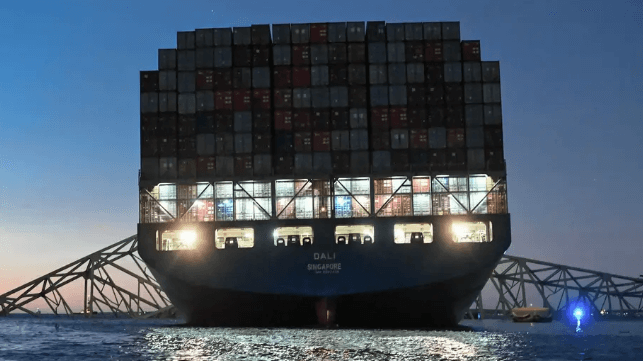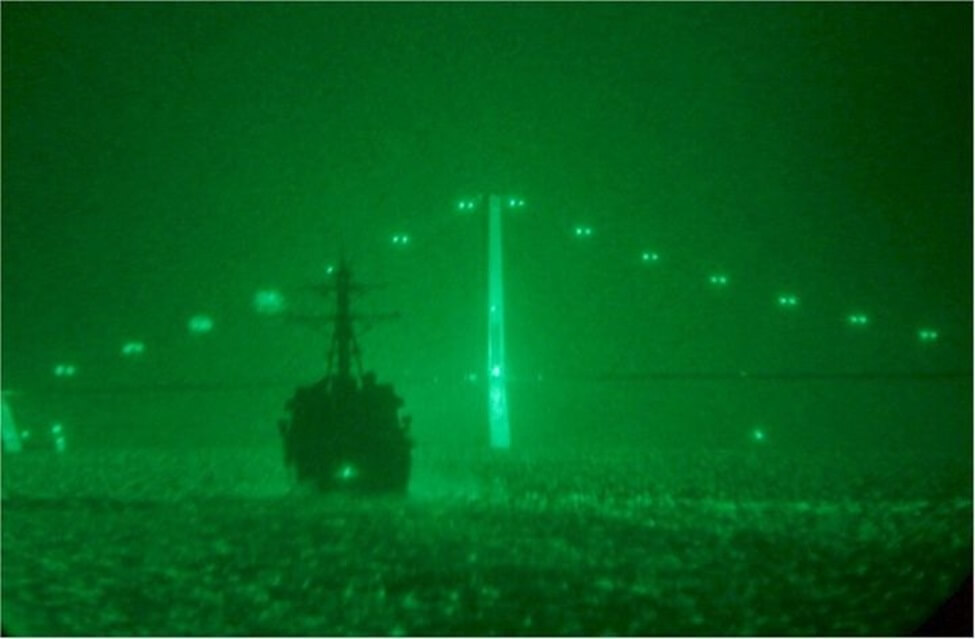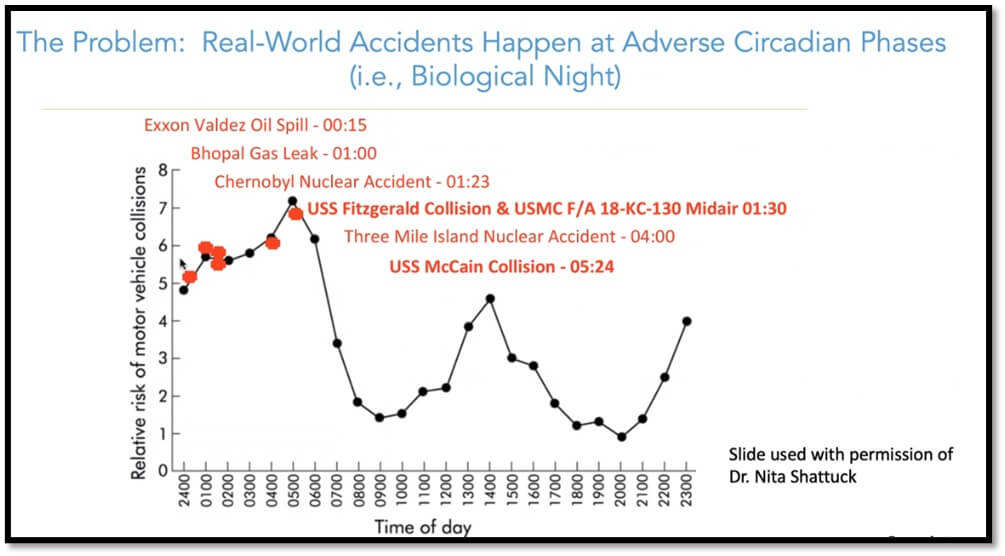'MAYDAY': The largest organization of independent truck drivers is demanding that Trump provide masks, testing, and quarantine zones for truckers
America's largest organization of independent truck drivers is demanding that President Donald Trump act quickly to protect drivers.
There are nearly two million truck drivers in the US, and they have been deemed as "essential" workers while much of the nation has been told to stay home.
Truckers are at an increased risk for contracting the coronavirus.
In a letter that begins "HELP – MAYDAY – 9-1-1," America's largest organization of independent truck drivers is demanding that President Donald Trump act quickly to protect drivers.
Rachel Premack BUSINESS INSIDER Apr 4, 2020
Todd Spencer, the president and CEO of the Owner-Operator Independent Drivers Association, wrote in a letter dated April 3 that truck drivers are key to the nation's supply chain and have been deemed "essential" workers, but they're at more risk than ever as the coronavirus sweeps across the US.
"Right now, professional drivers are busting their butts to care for the nation," he wrote in the letter to Trump. "Their hard work and personal sacrifice should not include their health or even their lives if at all possible or preventable."
There are nearly two million truck drivers in the US, and they move around 71% of the nation's freight by weight. If truck drivers got sick en masse, that would put at risk Americans' abilities to buy groceries, go to the ATM, get gas, and, of course, get online orders delivered.
Spencer argued that this critical service could be at risk. "Once word spreads that drivers are testing positive, we could very well see a tremendous reduction in drivers willing to risk everything for the rest of us," he wrote.
Here are the three safeguards Spencer wrote that Trump needs to make available to truck drivers immediately:
Access to personal protective equipment, like masksTesting on truck routes that show results within hoursA place for truck drivers to quarantine or seek treatment if they test positive for the coronavirus
The massive trucking companies that employ drivers have not made clear if they have paid time off for truck drivers, or what infrastructure they have for drivers who have the coronavirus. Business Insider contacted 10 of the largest public trucking companies in the US, and few revealed policies for what happens if a truck driver gets sick.
One large public trucking company is even asking truck drivers with symptoms of the coronavirus to self-quarantine in their trucks for several days, according to emails sent to Business Insider.
As Americans buy more and more cleaning goods and food, and hospitals require quick shipments of key medical supplies, the country's trucking network is getting pushed to the limit to ensure those items are delivered on time, experts say. During the week of March 22, for instance, trucking shipments to grocery stores jumped by 81% compared to the same week last year, and by 16% from just the week before, according to freight data company project44.

Meanwhile, truck drivers are at a greater risk than other Americans to get the coronavirus and to experience complications from it.
Truck drivers are twice as likely as the average working American to not have health insurance, according to a 2014 study from the Centers for Disease Control and Prevention. Paid sick leave is also not a common benefit across many trucking jobs.
More than half of truckers smoke cigarettes, according to the CDC. Epidemiologist Saskia Popescu, who practices at the Honor Health medical group in Arizona, previously told Business Insider that those with a history of smoking may be more vulnerable to coronavirus.
Meanwhile, the American Diabetes Association has warned that people with diabetes should expect more complications with coronavirus should they contract it. Truckers are twice as likely as the general population to have diabetes, according to the CDC.
Read more about how coronavirus is affecting America's 1.8 million truck drivers
In an unprecedented move, the Trump administration suspended an 82-year-old road safety law for some truck drivers, showing how much coronavirus is pressuring retailers and hospitals to maintain cleaning and medical supplies
America's largest trucking companies won't reveal how — or if — they'll get their drivers home if they get coronavirus, and truckers are terrified
Leaked memo reveals trucking giant mistakenly distributed faulty sanitation wipes to its 10,000-plus drivers
Walmart leadership is urging its 9,000 'Elite Fleet' truck drivers to buy cleaning supplies with their company cards amid coronavirus fears
After weeks of silence amid the coronavirus outbreak, Amazon tells its giant network of truck drivers to stay home if feeling sick

























